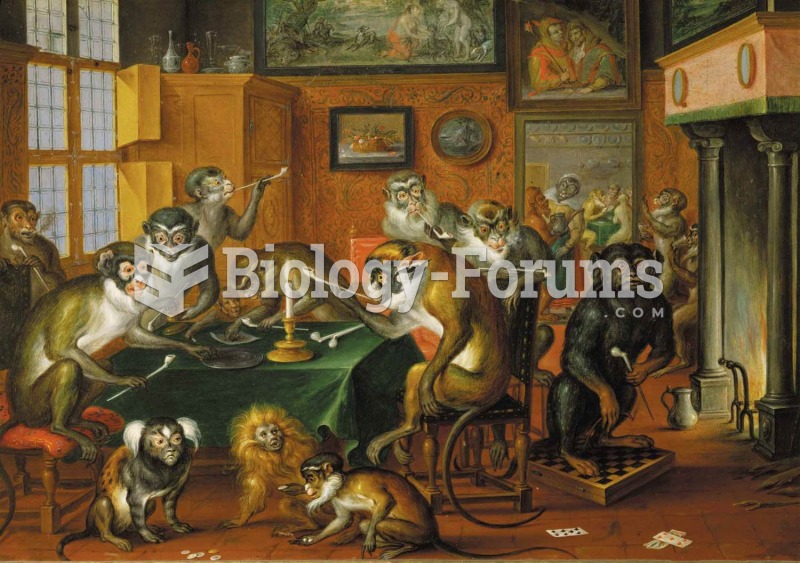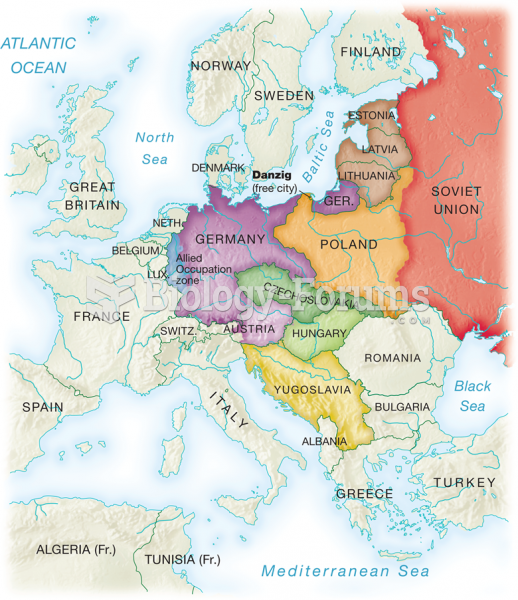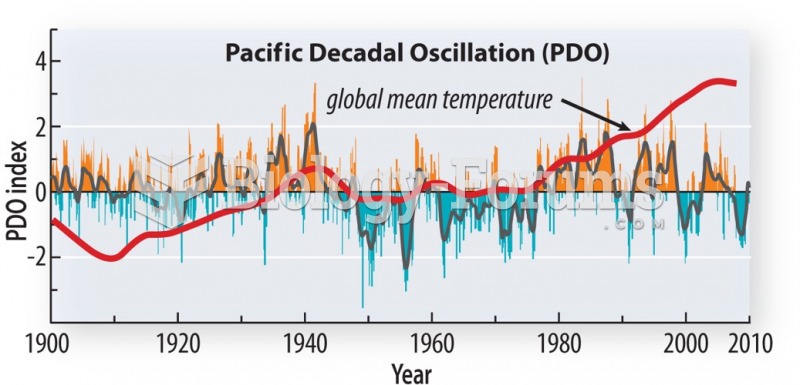Answer to Question 1
As the European nations expanded out into the world through sea exploration, driven by greed for gold, slaves, and spices, their encounters with local populations of distant lands were focused on exploitation.
During the sixteenth century, Portugal intruded uponthe well-established Muslim-dominated trans-Saharan commercial slave trade. The Portuguese slave trade in West Africa, the Congo, and elsewhere developed according to the pattern that had already been established by Muslim traders: that is, in agreement with local African leaders who reaped profits from the sale of victims of war or raids on neighboring African territories. As early as 1500, the Portuguese controlled the flow of both gold and slaves to Europe. When the transatlantic slave trade commenced in 1551, Europeans began increasingly brutal and exploitative tactics for slave control than any previously practiced in Africa: slaves shipped overseas were branded, shackled in chains like beasts, underfed, andif they survived the ravages of dysentery and diseaseconscripted into oppressive kinds of physical labor. Europeans often ignored the bonds of family and tribe, the local laws and religious customs; they pressured Africans to adopt European language and dress and fostered economic rivalry. African leaders began to resist but were overpowered by European military strength and also did not want to lose the economic benefits which accumulated.
The Spanish sailed West, finding a new continent that was previously unknown in their world. When they arrived on the coast of Central America, they sough wealth and fortune. Their superior technology of gunpowder and muskets (along with debilitating diseases) allowed a relatively few amount of soldiers to overpower entire Native populations. The Spanish razed Tenochtitln, melting down most of the Aztec goldwork. After seizing precious objects, the Spanish soon turned to the ruthless exploitation of the native populations, enslaving them for use as miners and field laborers. During the sixteenth century, entire populations of Native Americans were destroyed as a result of the combined effects of such European diseases as smallpox and measles and decades of inhumane treatment.
Answer to Question 2
Although many European nations engaged in sea trade and exploration (including many voyages to the Near and Far East), the rise of the Ottoman Empire threatened their trade routes. Greed for gold, slaves, and spicesthe major commodities of Africa and Asia encouraged the emerging European nations to find ways to strengthen the trade infrastructure. In response, they searched for new sea routes to the East, leading to a global expansion.
The technology of navigation was crucial to the success of these ventures. With the early fifteenth-century Latin translation of Ptolemy's Geography, mapmakers began to order geographic space with the coordinates of latitude and longitude. The Portuguese came to produce maps and charts that exceeded the accuracy of those drafted by Classical and Muslim cartographers. Renaissance Europeans improved such older Arab navigational devices as the compass and the astrolabe. Portugal and Spain built ships that were faster, safer, and more practical for rough ocean travel than the oar-driven galleys that sailed the Mediterranean Sea. Also, the new ships were outfitted with brass cannons and sufficient firepower to fend off severe enemy attack.







